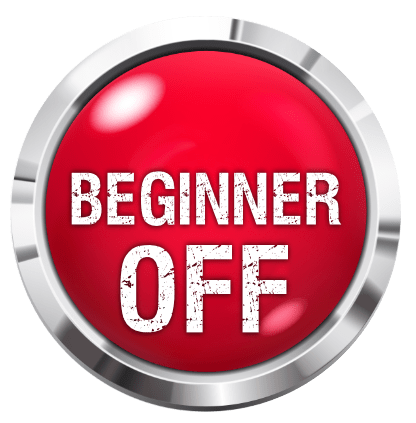Boss Sd-1 Super Overdrive Review
Contents |
Information
Original author: Ivan Milenkovic
Weapon: Pedal
Make: Boss
Model:Sd-1
Price: ~45$ on eBay (reference)
Hi GMC, welcome to my review of the BOSS SD1 stompbox.
Ease of Use
9 (the easiest pedal would be like only volume pot, and since this has 3 pots than a strong 9
You can get very good sounds out of this pedal right out of the box. When you tweak with it a little you can get some serious results. Again, it is one of those Boss pedals that will really sing when you chain it with a good equipment. Only a volume, tone and a level pots on it. Very straightforward. But if you buy it, be aware that you have to tweak all your equpment along side it, because thats how you`ll get the best results.
Sound Quality
9
I`m giving it a 9 for a very simple reason - the price. FOr 45$ dollars you get very good boost pedal AND a smooth overdrive tone. DOn`t let the name fool ya` - this baby is maybe called the super overdrive, but beleive me, there nothin super in it. It is a MILD overdrive pedal. You cant really get hi-drive settings out of it. You can get only crunch out of it on low settings, and some drive when played loud on your amp. BUT boy that drive sure sounds special. IT is VERY smooth and warm. It is not very noisy, so it can be used very well as a boost pedal. It really likes to be a boost pedal, and the amps love this pedal. I don`t know how or why, other pedals are not that great at boosting an amps drive, but you can cranck this baby all the way and still get a great lead sound from your drive channel without any "battle" between two drives, drive artifacts etc.. I`m using it with my Marshall AVT50X for a solo boost function, but sometimes even just this baby for soloing on my clean channel, because Marshall gets crunchy on clean playing loud. You would think that SD1 dont like this crunchy sound and when you turn it on it sounds all croocked right? Wrong. It boosts up the crunch channel(clean but "crunchy" channel..) and really adds those middles for leads. Downsides of this pedal are that it eats some of the bass range, adds a lot of middles (although there is a tone option and you can dose the middle and treble range a bit), and flatten the dynamics to some extent. It does these thing true, but in that extent that it is not such a big deal. Maybe for recording I wouldn`t use it , but on gigs - perfecto.
Reliability
10
I give it a 10 because its a Boss and we all know what happens to Boss pedals when you drop it from 10th floor of a building - nothing
Overall Rating
9
I play a lot of blues, jazz, modern rock, funkrock, funk, classic rock, fusion, and this pedal is great for that. FOr metal it is not great since it has no high gain. BUT you CAN use it for metal if you have a good drive channel on your amp, and dont have just enoguh drive on it. WIth this baby you can push it all the way for sure. I`ve been playing for 9 years now, doing gigging two years, used DS1 and a Marshall BBII before this. I can say that it beats both of those pedals. I kept the DS1 though because it is not neccecarily better but different character. Although DS1 has more dynamics and sharp drive, this one is a lot quieter and + it can be used as a booster, and DS1 cannot (always) be used as a booster and it has unhealthy noise. I would like the SD1 had some more drive and more dynamics - then it would be perfrect... but it costs only 45$ so i forgive you Boss It really helps me make my music because i can change from my drive channel to solo lead fast, and get some great sustain and smooth drive (think of Santana, SRV, Moore), or i can go on the crunch channel and do some great warm or edgy dynamic stuff. On the pure clean settings on the amp it can serve well as a drive pedal for blues (BBking, Freddy King), funk (Kool and the Gang), even some rock and it cuts through the mix excelent because of the added mids. SO TO SUM UP:
+ 1 for being a legendary booster pedal
+ 1 for being a great smooth mild drive pedal
+ 1 for costing only 45$
+ for not being too noisy
+ 1 for being a Boss
- 1 for flattening the signal to some extent (when compared to DS1 for example)
- 1 for eating the low-end range to some extent






